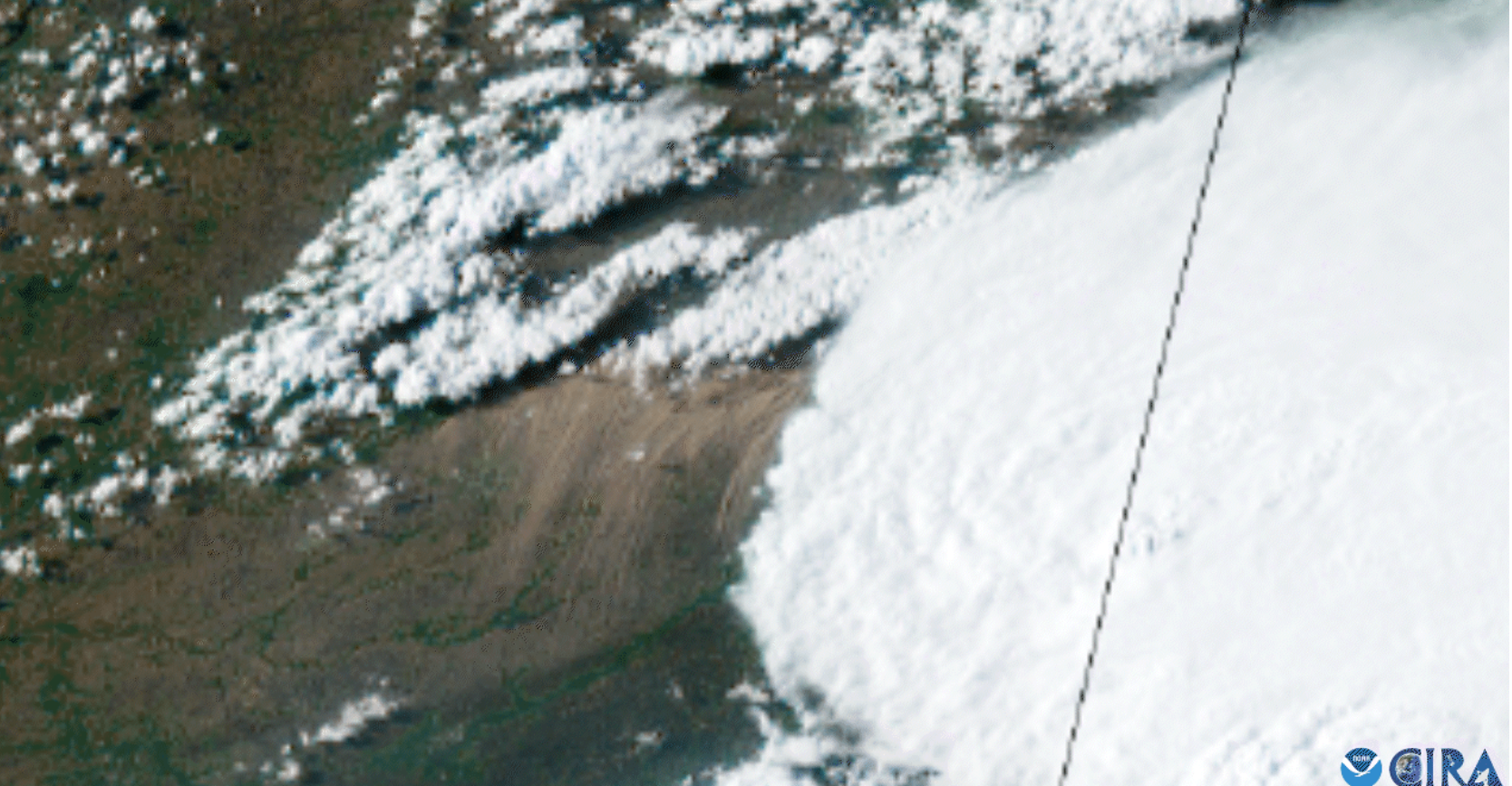Newfound Spiral Galaxies Oddly Young
Astronomers have discovered an unexpected cache of spiralgalaxies that appear to have formed recently, long after the period early inthe history of the universe that most galaxies were thought to have beencreated.
These younger galaxies are big and bright, like ourown Milky Way. The reigning hypothesisof galaxy formation holds that such well-established spirals would haveformed about 13 billion years ago, shortly after the Big Bang.
But the new discovery of a group of 15 spirals that look tobe muchyounger may upset that thinking.
Though they are just as luminous and large as normalspirals, these galaxies appear to have all the hallmarks of youth. They don'thave nearly as many heavy elements, called metals, as would be expected forolder galaxies. All elements heavier than helium are created through nuclearreactions inside stars, and elements heavier than iron are made when stars diein supernovae. Thus, the longer a galaxy has been alive and forming stars, thelonger its stars have been churning out heavy metals, so the greater abundanceyou would expect.
But the chemical abundances of the newly discovered galaxieswould suggest they are only about 3 billion or 4 billion years old.
"We're not saying there's a complete breakdown in thetheory of galaxy evolution, but that these objects do run counter to thestandard model," said Indiana University astronomer John Salzer, the leadauthor of a paper detailing the study in the April 10 issue of the AstrophysicalJournal Letters. "These potentially could have formed much morerecently. The significance is that they give us the opportunity to study galaxyformation and evolutionary processes which would otherwise be veiled at thevast distances involved in looking at things at these early stages of theuniverse."
If this age estimate proves to be correct, these galaxiescould present an unprecedented opportunity to study massive spirals at ayounger point in their evolution, and atcloser range, than is generally possible.
Get the Space.com Newsletter
Breaking space news, the latest updates on rocket launches, skywatching events and more!
"These objects may represent a unique window on theprocess of galaxy formation, allowing us to study relatively nearby systemsthat are undergoing a phase in their evolution that is analogous to the typesof events that, for most galaxies, typically occurred much earlier in thehistory of the universe," Salzer said. Another possible explanation forthe unusual galaxies is that they are the product of collisions between twosmaller galaxies. This could explain why they have low levels of metals, since dwarfgalaxies tend to have few heavy elements to begin with. Also, the chaos of acollision can stimulate a burst of star formation, which might explain why thegalaxies appear so bright. However, this scenario would require the galaxies'luminosity to multiply by about 30 times after merging ? a boost much greaterthan is usually seen.
"It's just hard for me to fathom, and hard for modelsto account for, an increase by a factor of 30," Salzer told SPACE.com.
Salzer discovered the galaxies through the Kitt PeakNational Observatory International Spectroscopic Survey (KISS), a multi-yearproject to observe more than 2,400 star-forming galaxies. He and his team haverequested time on the Hubble Space Telescope to try to distinguish between thetwo possible explanations by hunting for evidence that the galaxies haveundergone collisions.
The KISS project was funded by the National ScienceFoundation.
- The Top 10 Weirdest Things in Space
- Video: Our Corner of the Cosmos
- Video: Getting Started in Astronomy
Join our Space Forums to keep talking space on the latest missions, night sky and more! And if you have a news tip, correction or comment, let us know at: community@space.com.

Clara Moskowitz is a science and space writer who joined the Space.com team in 2008 and served as Assistant Managing Editor from 2011 to 2013. Clara has a bachelor's degree in astronomy and physics from Wesleyan University, and a graduate certificate in science writing from the University of California, Santa Cruz. She covers everything from astronomy to human spaceflight and once aced a NASTAR suborbital spaceflight training program for space missions. Clara is currently Associate Editor of Scientific American. To see her latest project is, follow Clara on Twitter.
